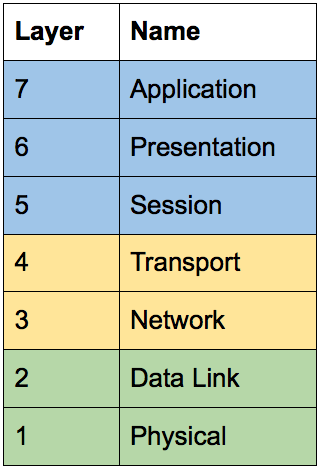How to make sense of wireless standards
Do you sometimes get confused by all these standards? If you are working at R&D it’s frustrating trying to pick a standard for your wireless enabled products. There is a real battle of standards out there. Here wireless technology expert, Niclas Norlén, helps you see the wood for the trees.
So what is a wireless standard then and why is it important for you?
“Well let me answer that question by explaining why we think wireless standards are important. Apart from the obvious reason of interoperability, that is a product being able to talk to others everywhere from the sensor to the IT system and Cloud, popular standards are implemented by many.”
And why is mass implementation important?
“I would say stability which in the end minimize risk during you design. That is you don’t want to be forced into a position where you would need to spend research resources in developing a standard. And you don’t want to be forced into spending resources in solving bugs because the stack you choose hasn’t got widely adopted and not been used much in real life. You just want to design that top notch product, the new innovative offer that everyone loves!”
Which standard will prevail and which standard would do the job then?
“I mean in the end you don’t want to be the one that decided about which standard to go for which later turns out not to do the job or is obsolete when the product is launched… At LumenRadio we can help you in that decision. We truly believe in using well recognised open standards from IEEE, the Institute of Electrical and Electronics Engineers, or IETF, the Internet Engineering Task Force.”
So which wireless standards do we support then?
“The easiest way to illustrate the standards we support is to put those in the well recognised OSI model:

“We have merged layer 5-7 (Session, Presentation and Application), 3-4 (Network and Transport) and 1-2 (Physical and Data Link) for simplicity reasons. Those layers are called a stack which you probably is familiar with.
“Furthermore LumenRadio is a part of and supporting the Contiki community which is one of the most adopted so called 6LoWPAN stacks. Contiki is an operating system for networked systems very well suited for low-power wireless sensors and actuators. Contiki is open-source software released under a simple license and has a vast community contributing ranging from huge enterprises to universities. LumenRadio is of course contributing but we are not alone. A worldwide team of developers from Texas Instruments, Atmel, Cisco, ENEA, ETH Zurich, Redwire, RWTH Aachen University, Oxford University, SAP, Swedish Institute of Computer Science, ST Microelectronics and many others contributes. A wide adoption and continuous development is important for stability point of view and will minimizing the risk for you.
“We have configured Contiki for optimal performance in Smart Buildings, Healthcare, Retail and Industrial communication providing industrial grade large scale meshed networking. On top of that we have added our knowledge and IP for ultra reliable communication, over the air firmware upgrades and easy commissioning for future proofness. This is implemented on application level in a software suite we call FPCC, Future-Proof Coexistence Connectivity.”
This is what we call Mira.
Want to know more about my love for standards? Drop me an email at niclas.norlen@lumenradio.com
And don’t miss our white paper Wireless IoT standards that will make your products Future-Proof.
Learn more about Wireless Standards
Your guide to choosing a wireless IoT standard.




